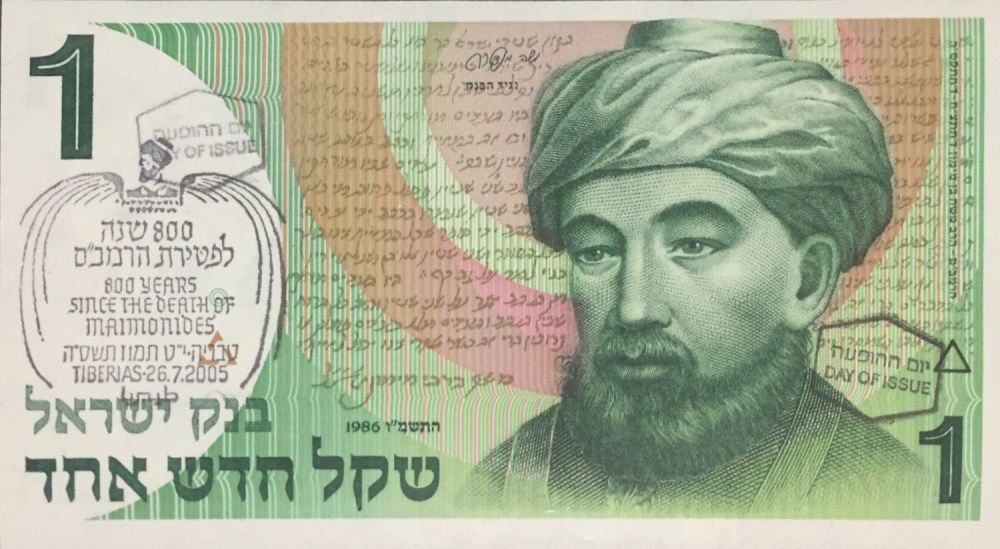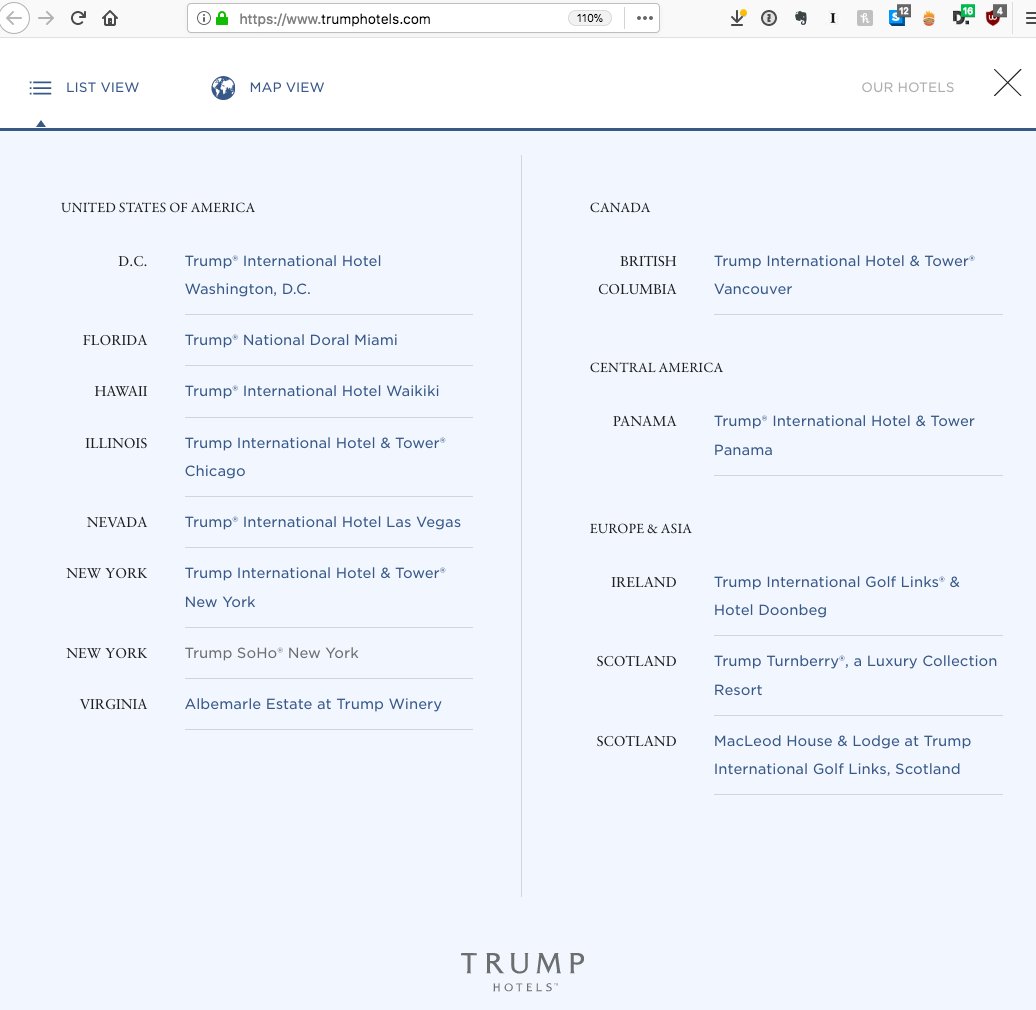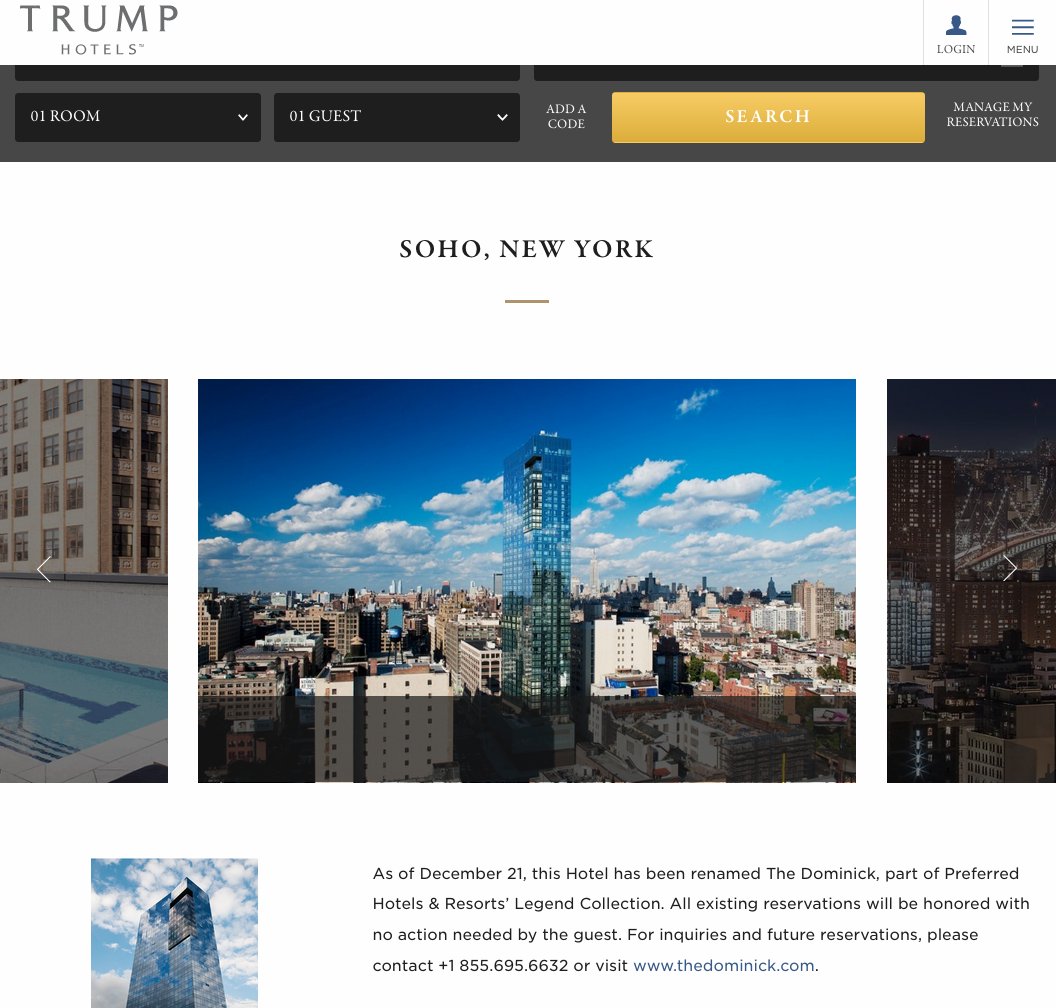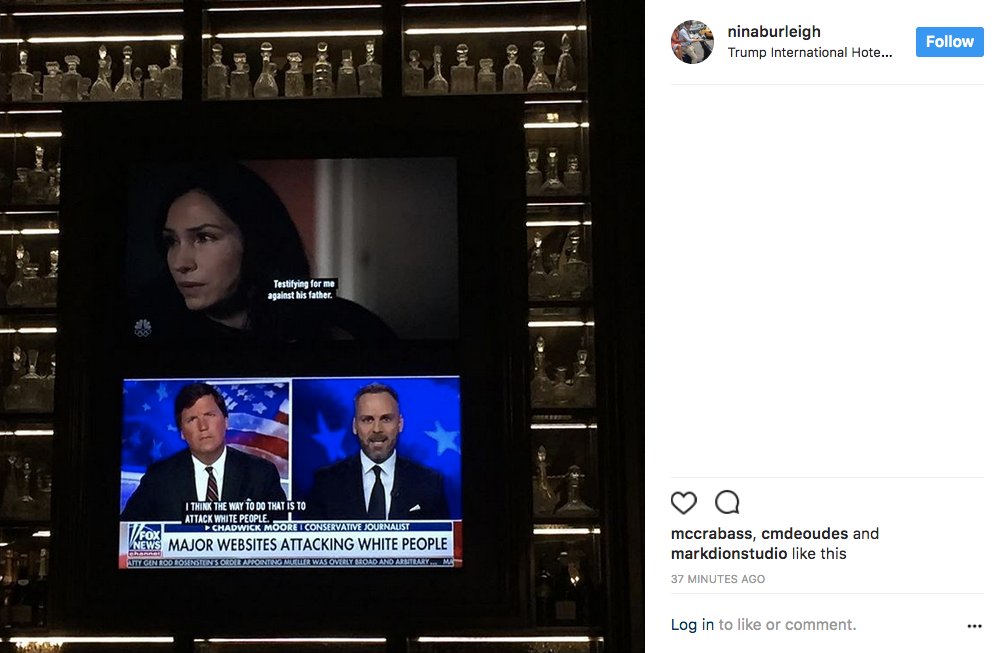
1. the Robinson-Patman Anti-Price Discrimination Act of 1936 ensured that a small neighborhood grocery store would have access to the same products at the same prices that were afforded to the largest grocery chains in the country

Keep Current with cristina berta jones
This Thread may be Removed Anytime!
Twitter may remove this content at anytime, convert it as a PDF, save and print for later use!

1) Follow Thread Reader App on Twitter so you can easily mention us!
2) Go to a Twitter thread (series of Tweets by the same owner) and mention us with a keyword "unroll"
@threadreaderapp unroll
You can practice here first or read more on our help page!












